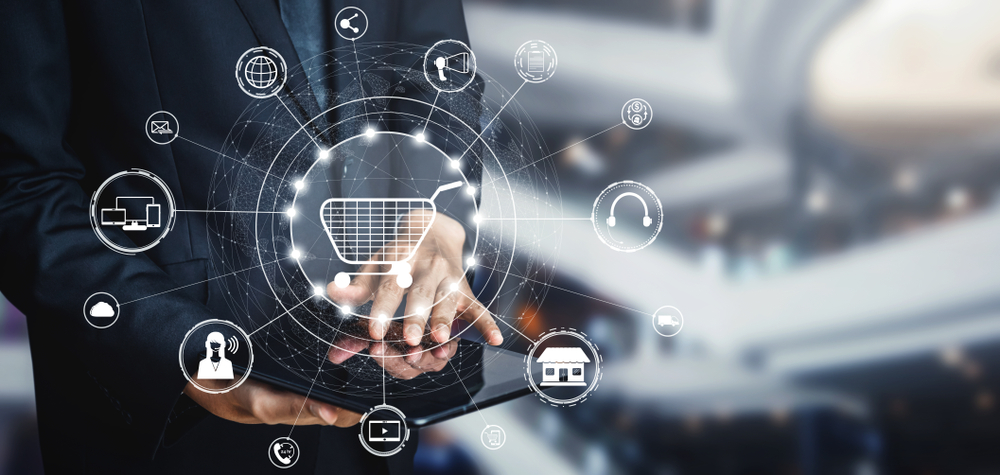Although the effects of the COVID-19 pandemic on the economy has proven disastrous, retailers have been forced to modernize their current systems at warp speed. The result has been the accelerated adoption of contactless payments.
The acceptance of contactless payments (Google Pay, Apple Pay, and tap-to-pay cards) has soared like never before due to consumer concerns for safety. And one thing is certain, since this payment method has proven to be both convenient and quick, this payment option is destined to be more pervasive in many industries in the future.
The Benefits Of Contactless Payments
There are many benefits to accepting contactless payments. From the outset, adopting this form of payment will help you stay ahead of the competition. A recent study showed that 23% of businesses have lost a sale because they did not offer their customers a contactless payment option.
With the end of the pandemic largely unknown, consumers are still concerned about their health and safety. Contactless payments eradicate all these concerns since both customers and employees would be making less contact with payment terminals. This form of payment also offers speed as a major selling point as it directly translates into shorter waiting times and social interactions.
Security Is Essential
With any new technology, it is important to address any payment security risk. As you move forward with accepting contactless payments, here are some tools to take advantage of to mitigate any potential risk:
- Card Transaction Qualifiers (CTQs)
CTQs decrease fraud attacks by carrying out actions that verify a transaction like transaction limits for cardholder verification (CV).
- Real-Time Authorization
With real-time authorization, transactions that are sent online undergo immediate authorization. Card issuers can also conduct anti-fraud checks and can notify the merchant of any suspicious activity.
- Offline Transactions
Contrary to real-time authorizations, offline transactions need more authentications, such as PINs.
- Tokens vs Card Numbers
The number on the contactless card is not similar to the tokens used by mobile wallets. If a transaction requires a PIN to be entered and it is not given, an anti-fraud mechanism is activated.
- High-Value Transactions
There are some transactions that have limits on the amount processed and could require additional validation.
Pandemic Ushers In New Reality In Payments
The modernization of payments is moving at such an exceptional speed that businesses must move quickly to adopt these new technologies, or face being left behind. Gone are the days in which our payments were largely dependent on devices. The new reality is that payment acceptance is going exclusively to the cloud.
By adopting a “cloud-based payment infrastructure,” your business is likely to remain flexible. Using cloud terminal software can help you quickly transition into the contactless world without having to resort to “manual payment integrations.”
Businesses can encourage repeat business by providing a completely frictionless experience. This can be done by offering multiple payment options, emailed receipts, and automatic loyalty enrollment.
Businesses Must Keep The Pace Amidst Rapid Change
With the prevalence of customer health concerns as well as mandates from public health authorities, businesses must continue to evolve to include contactless payments as part of their operations. By understanding and taking advantage of these trends, they will be better positioned to pivot their business, should more changes and advances in technologies occur.


